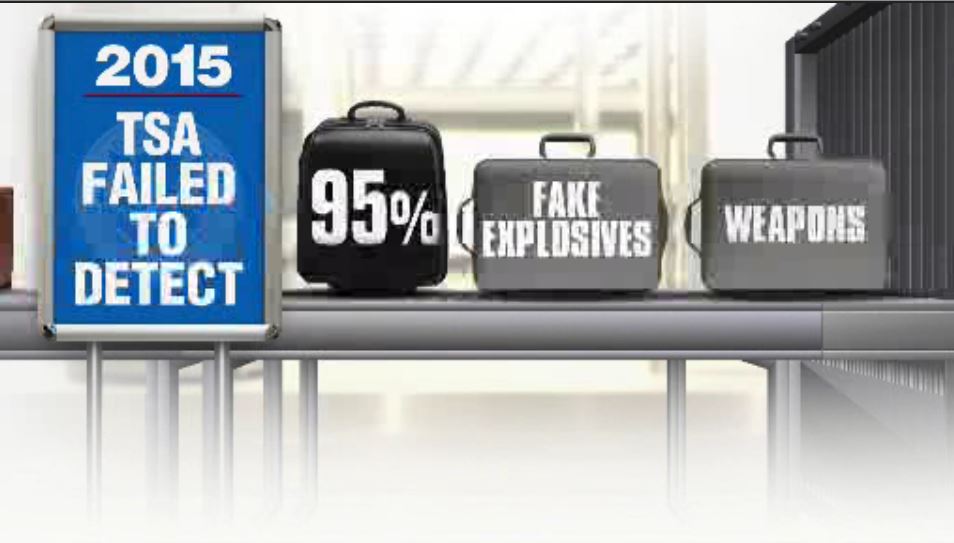TSA Considers Using 3D CT Scanners At Airports
LOS ANGELES (CBSLA.com) — The transportation Security Administration is considering using 3D CT scanners at airports to check carry-on bags, which means the days of having to take things out of your carry-on bag could be numbered.
Unlike the current ones that use decade-old technology, the new machines can detect explosives in laptops, liquids and gels.
Mark Laustra, Vice President of Analogic, one of about five companies developing CT scanners for airport checkpoints.
He demonstrated the capabilities of his company's ConneCT Checkpoint baggage screening system that could reduce the need for secondary-bag checks.
A demonstration was done with a knife hidden on the back of a laptop. The old machine missed it. But the CT technology detected the knife. The 3D technology allows TSA agents to zoom in and spin an image 360 degrees.
Laustra called the CT technology a game-changer and said "this is going to be a much faster process for passengers. It's going to make travel fun again."
This is an image of a carry-on full of clothes. But under the CT scanner, the bag looks almost empty, allowing other items to be detected with ease.
When paired with new automated lanes already being tested at airports, Analogic believes the CT scanners should increase productivity at checkpoints by as much as 50 percent.
A 2015 internal review revealed TSA agents failed to detect 95 percent of fake explosives and weapons smuggled through checkpoints by undercover investigators.
 Steve Karoly, acting chief technology officer at TSA, said the CT technology has promise but more testing is needed before it can be rolled out.
Steve Karoly, acting chief technology officer at TSA, said the CT technology has promise but more testing is needed before it can be rolled out.
"It may look good, specific portions of it. But these technologies have to meet not just the technical requirements, but safety requirements, operational requirements," Karoly said.
TSA and American Airlines plan to test the new scanners at major airports over the summer.
As for travelers who are concerned about radiation emitted by the CT scans, the new machines produce the same amount of radiation as the current checkpoint scanners, Laustra said.



